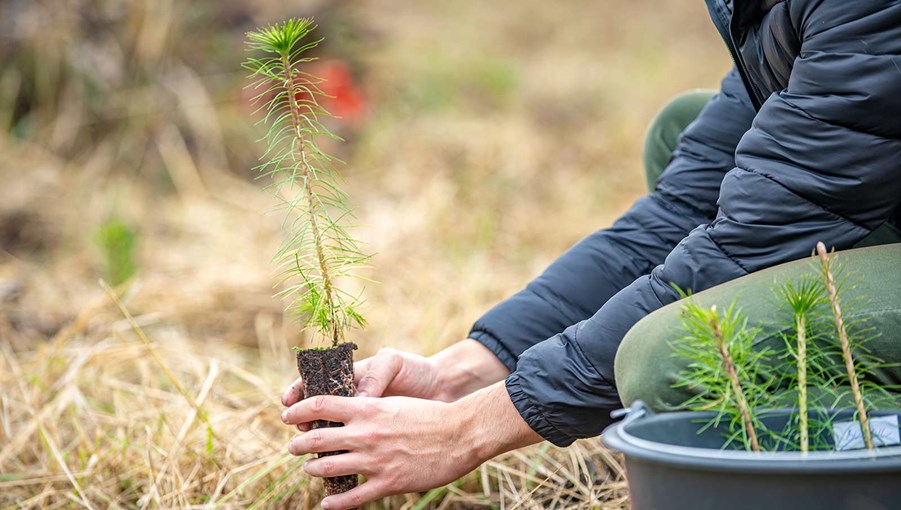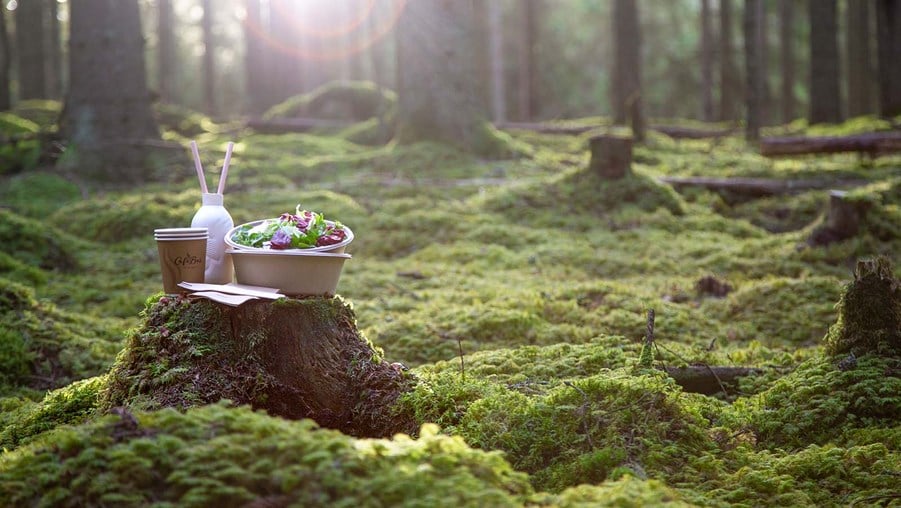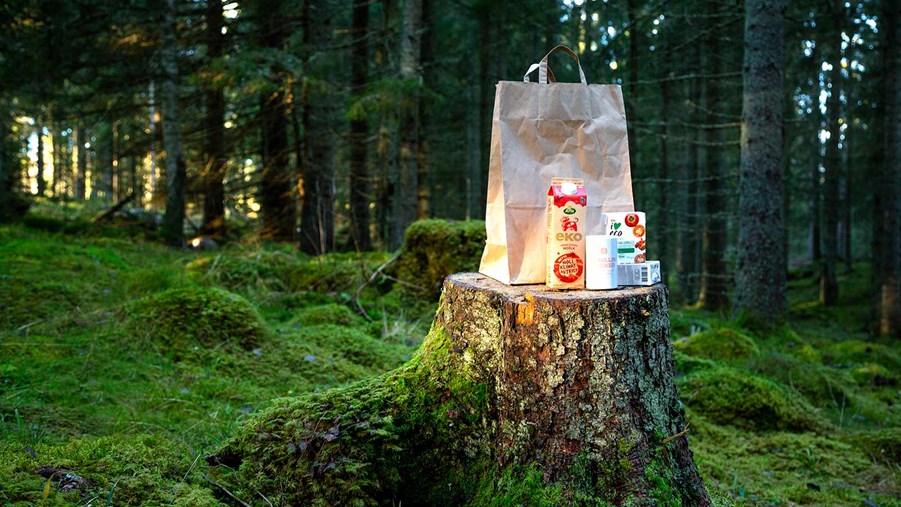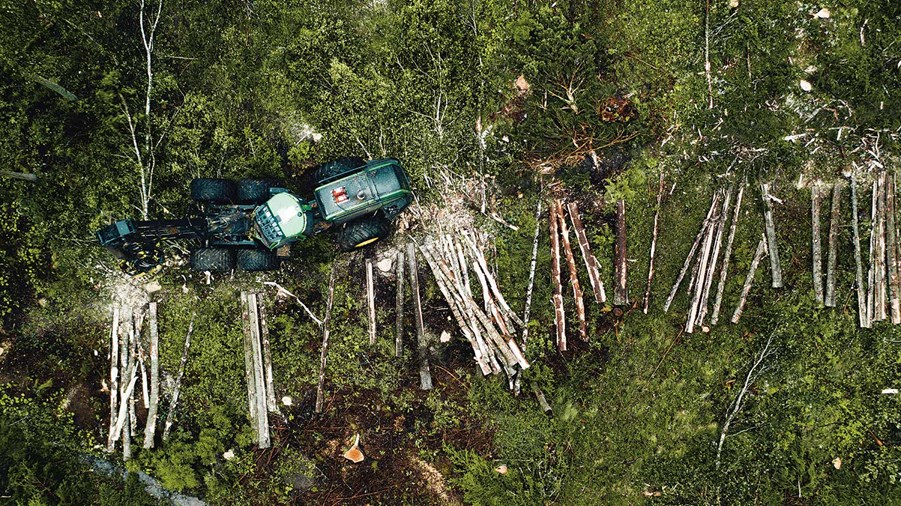
Everything we use comes from a raw material. Forests and their products have an essential role in efforts to achieve climate targets and a fossil-free society. So, how we manage our forests is crucial. Healthy forests and sustainable forestry go hand-in-hand with biodiversity. This is how it works in a nutshell.
Every year, the Swedish forest industry ensures that 94 million tonnes of carbon dioxide never reaches the atmosphere. That is twice as much as Sweden’s total carbon dioxide emissions. A key component of the solution to the climate issue is growing in the forest and forest products. The forest is also home to 25,000 plant and animal species, which humans need to coexist, species that are also necessary for long-term sustainable ecosystems. Read more about the forest industry’s role in combating climate change.
The Swedish model
Swedish forestry is based on the Swedish model for nature conservation, which in turn is based on three components: formal allocations, such as nature reserves, voluntary allocations, and general consideration that is taken in every forestry measure.
Voluntary environmental initiatives are an integral part of measures taken by forest industry actors. Generally, greater consideration is given to nature than is required under the Forest Protection Act. Voluntary set-asides currently amount to 1.2 million hectares of land area and an average of 11 per cent of cultivated areas are left untouched as environmental consideration areas. These can be groves of trees and protection zones by watercourses.
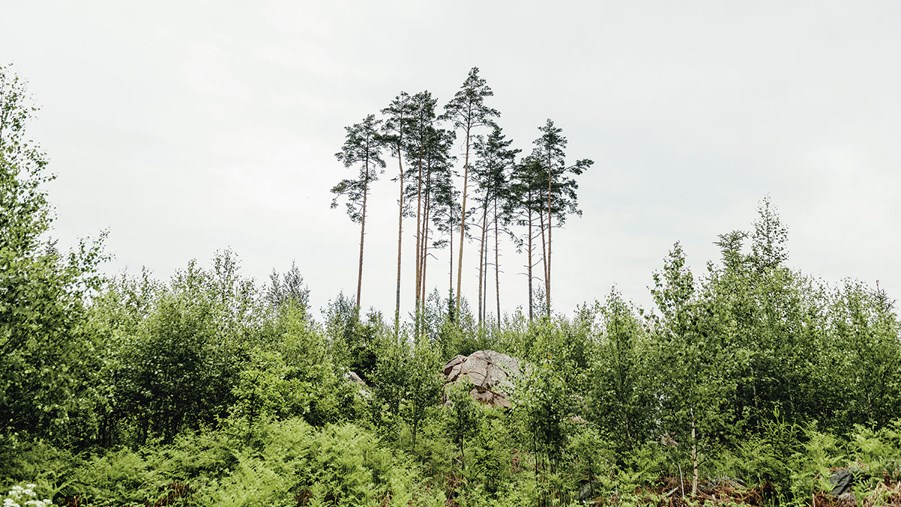
Voluntary set-asides currently amount to 1.2 million hectares and can include groves of trees and protection zones by watercourses. Photo credit: Samuel Unéus
Photo: Samuel Unéus
Nature conservation and forestry
Due to nature conservation and sustainable forest management since the 1990s – when Sweden’s current forest policy came into effect – the amount of mature forest on productive forest land in Sweden has doubled. These areas fall outside formal protection. The volume of coarse trees has also increased significantly throughout the country. For example, the amount of hardwood trees has increased nearly eightfold in 100 years. For life in the forest, this is of considerable importance. The amount of dead wood in forests without formal protection has increased by 65 per cent in the past 30 years – due to active nature conservation.
In the case of final felling, for example, efforts are made to preserve existing nature values. When managing young and thinning forests, this may relate to creating new future nature values. In order to constantly improve, forest industry companies actively review and evaluate their environmental work based on a number of indicators. Read more about nature conservation and forestry here.
Forestry: a long-term undertaking
Everyone whose work is closely connected to forests is in effect planning for future generations, is used to long-term timeframes, and knows that it is possible to influence the future. Because the forestry cycle is long. Depending on the fertility of the soil and where a forest is located, a typical growth cycle is between 60 and 100 years. In southern Sweden, trees can grow almost twice as fast as in the north.
For every fully-grown tree that is harvested, at least two new ones are planted, usually more. This is a fundamental basis for sustainable forestry that seeks to ensure that future generations have access to and use at least as much forest as we do. Other vital parts are planting the right tree in the right place, tree species that suit the current soil and climate zone. It is important to take care of the valuable forest resource by increasing growth and investing in growing forest.
Forest ownership
Sweden’s forests have one of the most mixed ownership profiles in the world, with owners including private individuals, companies and the public sector. Swedish law also offers a relatively large degree of freedom for how forests may be managed. You can read more about forest ownership in Sweden here.
Voluntarily set-asides and protected forest
Of Sweden’s 28 million hectares of forest land, about 25 per cent is excluded from forestry in various ways. A further 8 to 10 per cent of cultivated forest land is set aside out of general consideration in conjunction with felling. Read more about voluntary set-asides and protected forest.
